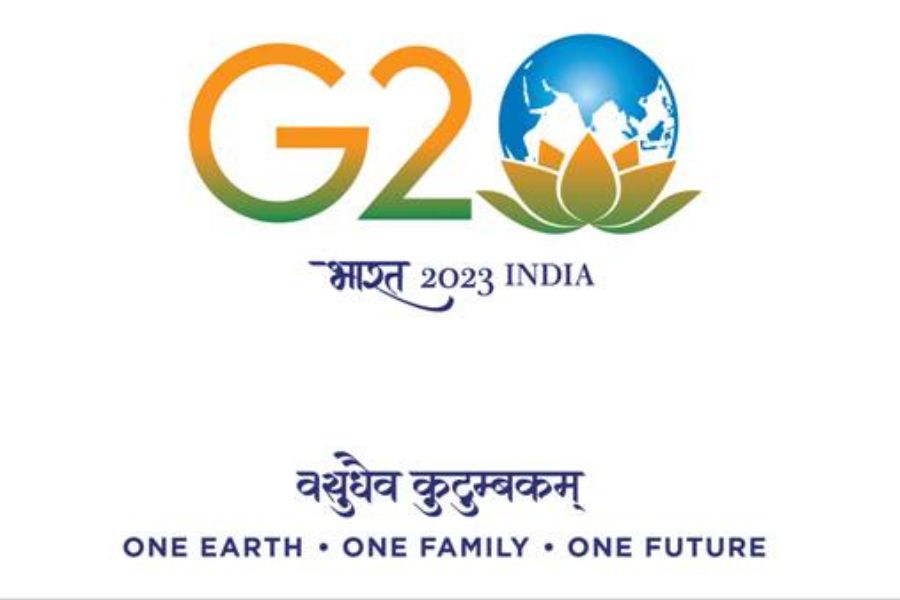Shopping trends in India turning to “phygital”
Everyone is considering their alternatives as they shop for the holiday season. From Gen Z to baby boomers, there is a strong desire to try new products phygitaly i.e., both offline and online mode. According to the most recent survey results and industry leaders’ insights, shopping capabilities and sales are not only exceeding pre-COVID levels for the majority of categories, but are outdoing it for most of the categories. One would suppose that consumer spending on retail items, dining out, and other activities has reverted to pre-Covid levels.

Photo Source: Pexels
Every year, retailers and brands keenly watch the data on evolving consumer trends in India and what it portends for their business growth ahead, especially in the ongoing festive season. In 2023, the adoption of both online and offline modes of shopping seems to be the latest fad. The spending capacity of the average consumer is growing, and as the festive season dawns, the forecast for purchasing power appears promising.
Though it is difficult to compare shopping trends to pre-COVID levels, the second half of 2023 captures the purchasing preferences of consumers and businesses to fuel their digital marketing initiatives. Convenience in shopping during the festive season is also dependent upon access to a wide range of products. The second half of the year is marked by a series of major festivals, along with holiday bonuses. Consumers who have saved money the entire year, tend to splurge some amount of financial savings on shopping during the festive period.
Phygital: The Best of two worlds
According to a recently released report – A Marketer’s Guide to the Festive Season by InMobi, unplanned shoppers in India are inclined to shop closer to festivals, with 58% planning to shop around Dusshera and Diwali, whereas about 36% are looking to start as early as September. Given the flexibility to shop offline and explore wide range of products online, buyers are adopting a phygital mode to purchase commodities.
Given the industry observations, Indian consumers are successfully balancing their online and offline purchases. Online shopping is expanding at a faster rate each year as more people adopt technology, while simultaneously keeping a steady preference for in-person shopping.
Varun Tangri, CEO and Founder, QueueBuster views consumers in India as hybrid shoppers. He says that the method they choose to shop relies on a variety of variables, including convenience, the occasion, their age, and their purchasing ability, to mention a few.
“While online retail is proliferating year on year, at 90% retail share, offline retail will continue to be a much bigger market. Also, the growth of omnichannel commerce is a testament that both offline and online shopping will co-exist in today’s ever-evolving retail landscape.,” Tangri told IBT.
The survey by InMobi claims more Indians are making their own decisions regarding festive shopping in the household and prioritizing themselves while shopping. More women are putting themselves first as 68% of the of female respondents ranked themselves on top as both the primary decision-makers and the persons they are mainly shopping for.
In terms of top favourites of the festive season, people are combining both online and offline activities, of which categories such as gadgets, clothing and accessories, home appliances and beauty products take primacy. QueueBuster, which provides mobile point of sale (POS) solutions for businesses, also states that “Consumer Durables and Electronics (including mobiles) are the highest-selling products during the festive season followed by Fashion and jewellery. Gifting products (edible and non-edible) are another big product category during this period. While discounts and cashback do boost sales of these products, it is the festive period that generates the demand.”
Shopping Frenzy
The survey report claims that for online shopping, consumers prefer clothing and accessories, beauty products, home appliances and gadgets. Certain categories of products, however, will be purchased offline such as jewellery, automobiles, furniture and furnishing, since consumers believe the need to touch and feel is paramount.
Impulsive shoppers frequently research products, consider options and make purchases together. The majority of them are beginning as early as September, which suggests lower price sensitivity than in 2021. The report mentions a large portion of unplanned shoppers plan to spend in the mid-range i.e., Rs. 10,000-Rs. 25,000.
In spite of leading economies reeling under a recession-like situation, Tangri says that the domestic market continues to lead as the 5th largest global destination in the retail space.
“The pulse of retail and shopping during festivals beats the strongest in the populated metros and cosmopolitan cities. However, over the last few years, Tier 2 and 3 cities are further driving the next phase of retail spending during festivals and key occasions. As a result, organised retail is booming in Tier 2 and 3 cities and boosting demand for retail technology solutions (like QueueBuster). We are observing higher growth in cities like Lucknow, Jaipur, Ahmedabad, Coimbatore, and Guwahati,” he added.
For brands, the months leading up to holidays, particularly those centred around Dussehra and Diwali, are crucial because that is when the majority of shopping inquiries and purchases are made. It’s an opportunity to be seen, remain prominent in people’s minds, and inspire. There is a noticeable shift in 2023, with both online and offline means receiving major preference for holiday shopping, as opposed to 2022, when purchasing preferences skyrocketed online amid significant sale seasons.












Leave a comment